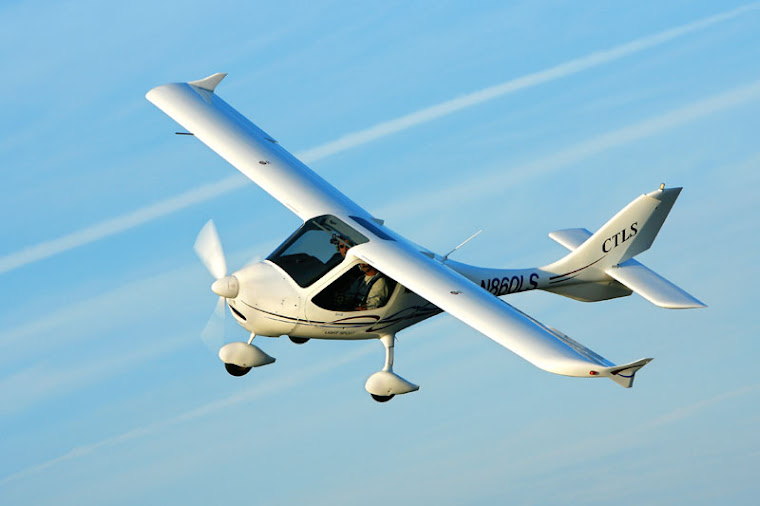 I strongly believe we need to see sport pilots move away from the burdensome restrictions of public airports and head to smaller privately-owned airports/airparks to facilitate and advance recreational sport flying. Build it and they will come! Okay, yes, marketing is important too! We need to encourage the development and promotion of non-residential, privately-owned LSA recreational sport flying airports/airparks emphasizing exclusive recreational use – and ultimately build a recreational sport flying airport/airpark infrastructure and network throughout the U.S.
I strongly believe we need to see sport pilots move away from the burdensome restrictions of public airports and head to smaller privately-owned airports/airparks to facilitate and advance recreational sport flying. Build it and they will come! Okay, yes, marketing is important too! We need to encourage the development and promotion of non-residential, privately-owned LSA recreational sport flying airports/airparks emphasizing exclusive recreational use – and ultimately build a recreational sport flying airport/airpark infrastructure and network throughout the U.S.Let the owners and pilots of conventional single-engine piston aircraft deal with the challenges and headaches associated with busy public airports and constant business demands and traffic congestion. Let the owners and pilots of S-LSA and E-LSA, including advanced ultralights, move to private airports/airparks away from these hassles. Consider for a moment that most urban public airports can be intimidating to those seeking to learn to fly. Recreational sport flying airports/airparks would be much more pilot-friendly, and offer less complexity. In addition, measures would need to be taken to encourage private airport/airpark development such as tax incentives and/or government subsidies.
Private recreational sport flying airports/airparks should ideally comprise both land and water locations, as well as exist in more remote (suburban or rural) regions away from densely populated areas – not unlike most motorsports (powersports) locations, such as off-road and boating or personal watercraft recreational playgrounds. Don’t forget – people drive to remote or distant locations to go skiing, camping, fishing, boating, four-wheeling and more – why not flying?
In fact, I strongly believe that under-utilized or abandoned private airstrips (airports/airparks) offer upside potential in helping to facilitate this movement – as these airstrips already exist and probably include enough acreage for improvements/expansion – and I'd bet that property owners would embrace the prospect of injecting new life into abandoned, rundown facilities. In fact, the promise of long-term lease revenue and leasehold improvements alone could be incentive enough! These private-use airstrips (ideally situated in remote locations) could potentially be transformed into bustling recreational sport flying airports/airparks (recreational playgrounds or centers) across the country.
Some of the benefits of moving sport pilots and their light sport aircraft from public airports to private airports/airparks are:
• Eliminates issues inherent to public airports – i.e. community growth/encroachment, public ignorance, safety, security, noise abatement, and ultimately pressure to shut down
• Relieves traffic stress on busy public airports
• Facilitates and optimizes a new environment focused entirely on recreational sport flying
• Fosters a strong community of like-minded sport flying aviators/powersports enthusiasts
• Ensures legal landings, safe traffic flow and overall operational safety
Additionally, recreational sport flying airports/airparks are ideal for youth outreach, educational programs/seminars, flight training, aircraft rentals, flying clubs and more – focused exclusively on the Sport Pilot and LSA market!


